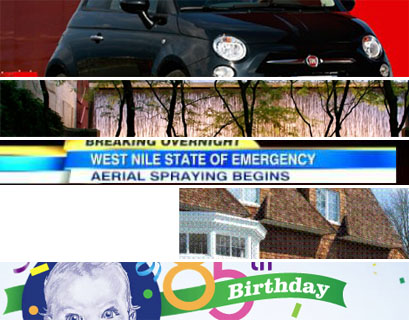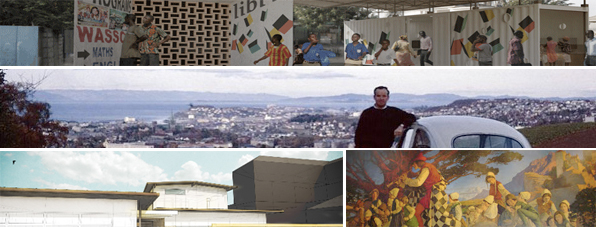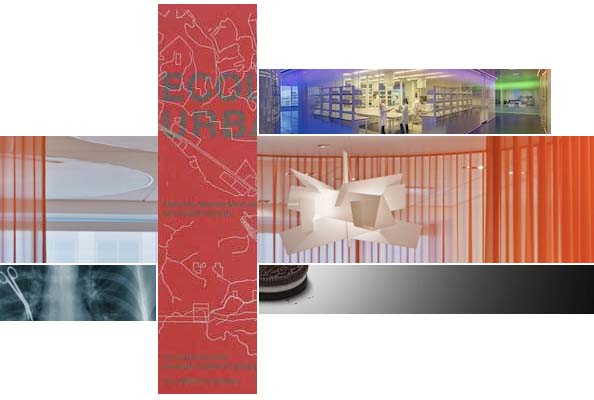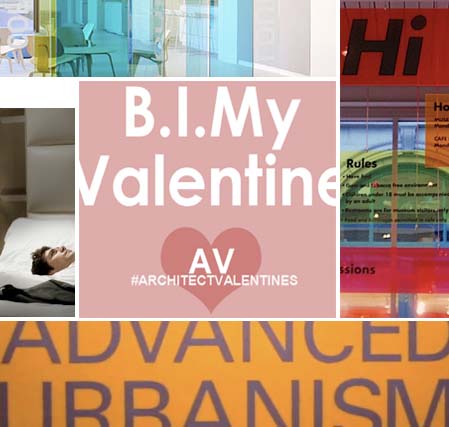HDR wonders about meddling with nature. Creating good places with Perkins+Will. Architects + Artisans' offers thoughts on shingle style. Studio E Architects on the new black: small. A birthday party on Facebook.

Meddling with mother nature. Mark Meaders, sustainable design project manager at HDR Architecture, talks about whether an aerial spraying of insecticide to kill mosquitoes with West Nile virus in Dallas was necessary and even effective.
Meaders asks if the decision to spray affected things we didn’t consider and longer term consequences of spraying and nature such as the bee population in Dallas. Bees contribute $14 billion to the value of U.S. crop production through their pollination efforts.
Creating a good place. Carl Meyer, a principal at Perkins +Will, examines the importance of third places – the informal “public places on neutral ground where people can gather and interact,” according to urban sociologist Ray Oldenburg.
Meyer ponders whether the third place is something that can be designed, and looks deeper at the idea.
“Can we design spaces that allow both interaction and anonymity? If so, what are the elements of space that encourage diversity, to include families, the young and older, extroverts and introverts?” --Carl Meyer
Shingle style. The book “Shingle Style” written by Lucia Howard and David Weingarten looks at poets, artists and musicians of San Francisco who built their homes and clad them in shingles from nearby forests.
The book looks at 20 homes in the book, mostly between 2,000 and 3,000 square feet. Howard and Weingarten, architects at Ace Architects in Oakland, place all of them in context as the best examples of American shingle design.
Small is the new black. Studio E Architects explores the soaring popularity of tiny dwellings, and offers tips on what you should look for in a micro-flat.
In California, 160 square feet is the legal minimum size for a dwelling unit. Some people are experimenting with ultra-compacts in that range – however most developers are looking at units that average between 250 to 400 square feet.
Innovative Social Media Campaign
Gerber celebrates 85 years. Early childhood nutrition brand Gerber is celebrating its 85th birthday this year with a virtual cake on its Facebook page for its 5.1 million fans. Gerber is giving away a daily cash prize for 85 days for those who "join the party," but eligible recipients must like the brand first. On the 85th Birthday Party tab on Gerber's Facebook page, fans are prompted to blow out a virtual candle for a chance to win the daily $585 prize. Each entry also gives participants a chance to win the grand prize of $20,085.
Via Clickz
Gerber on Facebook




